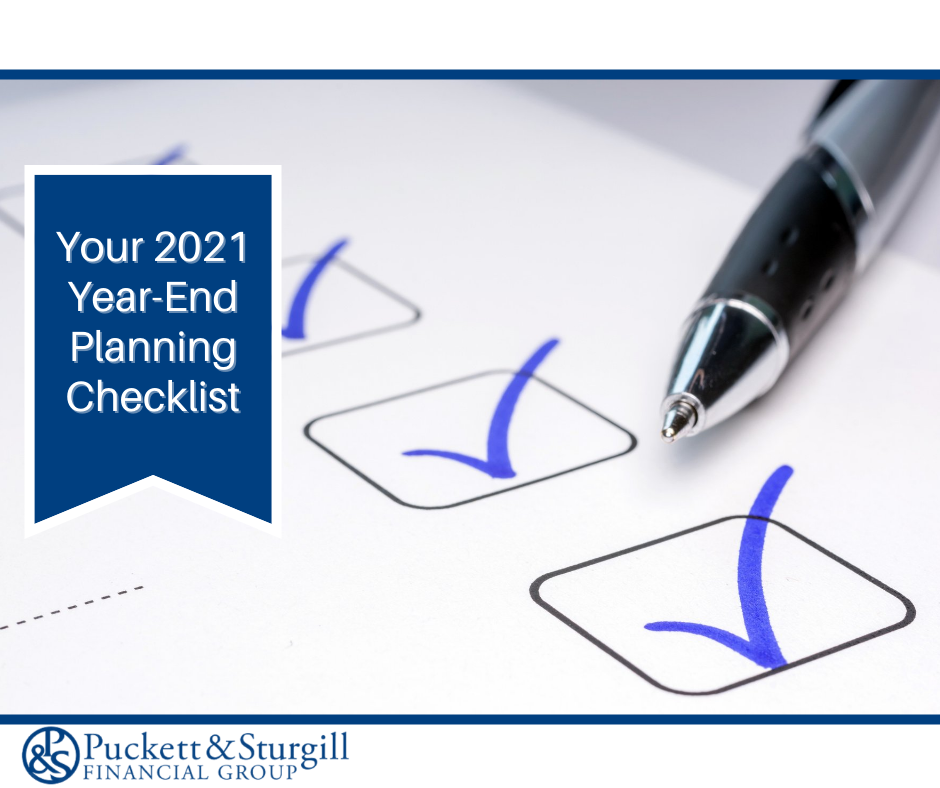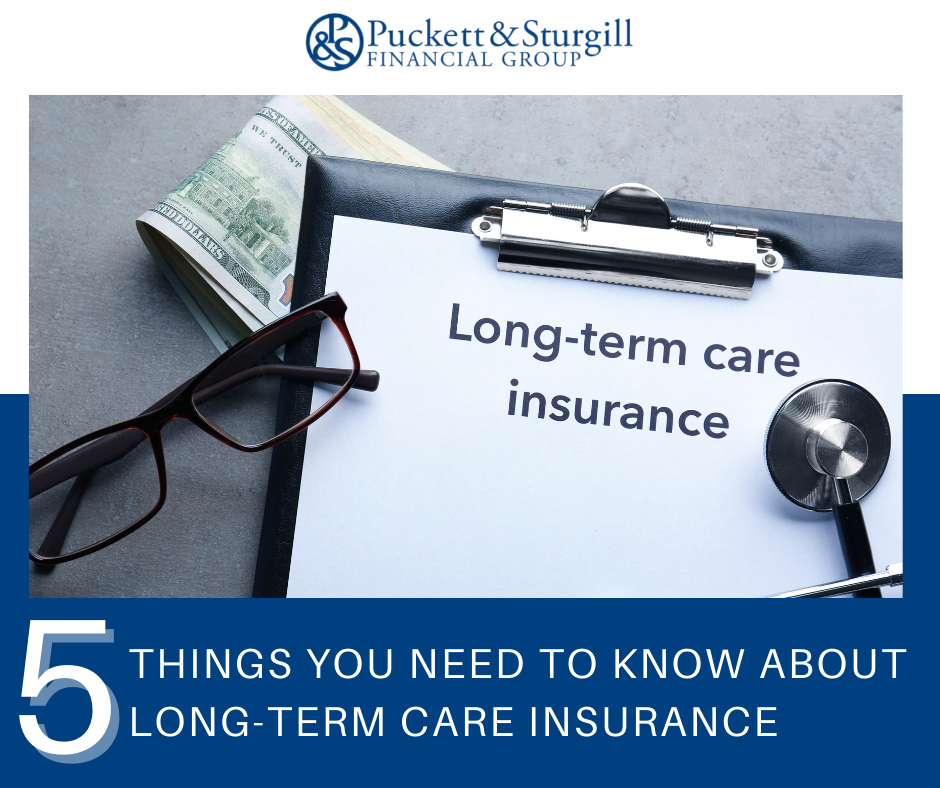
3 Financial Moves to Consider Before Ringing in the New Year
Although you don’t have to wait until January to begin working on your financial goals, a new year may bring a much-needed fresh start on your spending and saving goals. Read on for three financial moves you may want to consider before ringing in the New Year. Open a Health Savings Account (HSA) If you have a high-deductible health plan (HDHP), taking advantage of an HSA may provide you with one of the most tax-advantaged accounts available. As long as funds are spent on qualifying healthcare expenses, an HSA typically offers tax-free contributions, tax-free growth, and tax-free withdrawals. For 2022, you may be able to contribute up to $3,650 (if you have individual coverage) or $7,300 (if you have family coverage).1 These contribution limits increase by $1,000 for those who are age 55 or over, which means you may contribute $4,650 for individual coverage or $8,300 for family coverage. Decide Between a Traditional or a Roth IRA Even if you contribute to a 401(k) at work, individual retirement accounts (IRAs) offer some distinct advantages over an employer-sponsored 401(k). Not only are these accounts typically portable, allowing you to move them to the retirement custodian of your choice, but they may also serve as a rollover account for your old 401(k)s if you leave your employer. Like a 401(k), a traditional IRA allows you to deduct your contributions (if you don’t exceed certain income limits) from your taxable income, reducing your overall tax bill. When you withdraw IRA funds in retirement, you typically pay taxes on them then. A Roth IRA, on the other hand, allows you to make post-tax contributions and then withdraw them tax-free in retirement. Get a Quote on Refinancing Your












